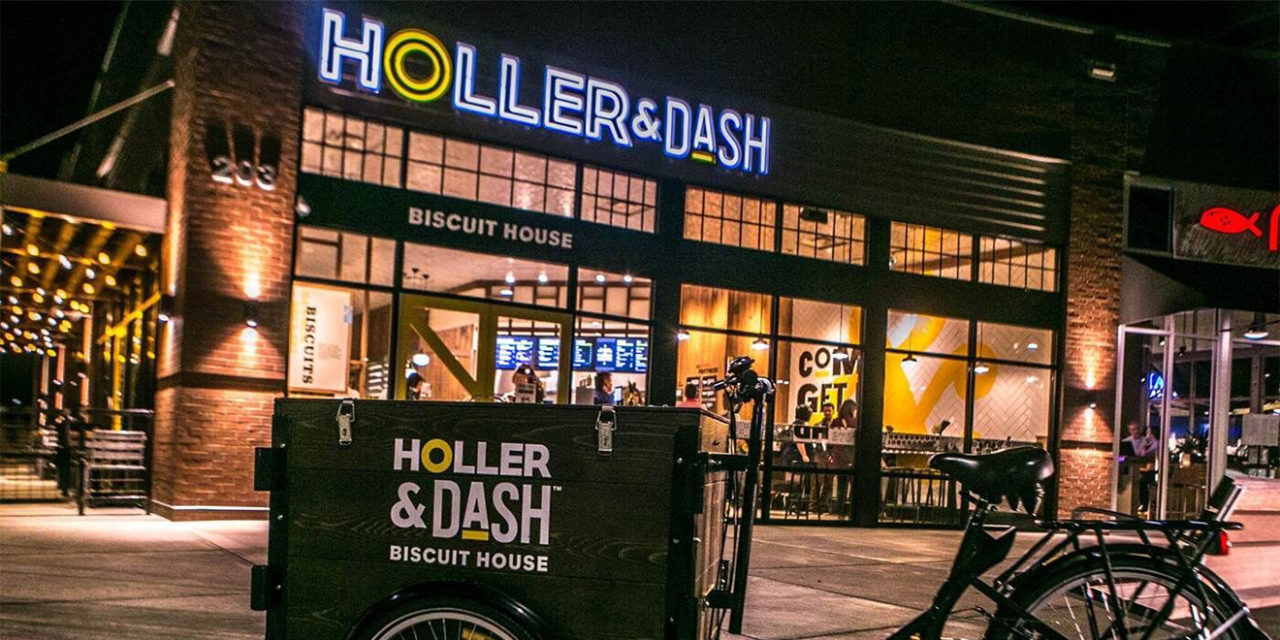The scramble to get millennial diners in the door
Late in 2015, a new restaurant opened in Winter Park, Fla., a northern suburb of Orlando. It’s a big room with exposed ductwork, an open kitchen along one wall and a long bar skirting the other. The cooks there cut and smoke all the meats in house, and many of the ingredients are locally sourced. The patrons, not surprisingly, skew young, which also probably explains menu items like chicken waffles, Wonuts (a hybrid of waffles and donuts) and a pretzel braid appetizer that comes with a Samuel Adams cheese fondue. Out on the patio, you’ll find “Yappy Hour,” a happy hour with dogs invited, though you’ll probably have to wait for a table—weekends often see lines out the door.
The name of this establishment is TR Fire Grill, though regulars just call the place TR’s., and that’s a telling detail. TR isn’t just another folksy name common to the restaurant business, it stands for Tony Roma’s.
Remember Tony Roma’s? Actually, unless you’re a baby boomer, you probably don’t. The chain’s first restaurant opened in Miami in 1972 and popularized baby back ribs. Do Winter Park’s twenty-somethings sipping bourbon cocktails know that that old-guard eatery created and built this hipster den? No. “Most people don’t know,” says Tony Roma’s CMO Jim Rogers. And while Rogers is adamant that “we are comfortable with it being known that this is a concept developed by Tony Roma’s,” he stresses that “it’s a completely different concept,” and “we want it to live on its own.”
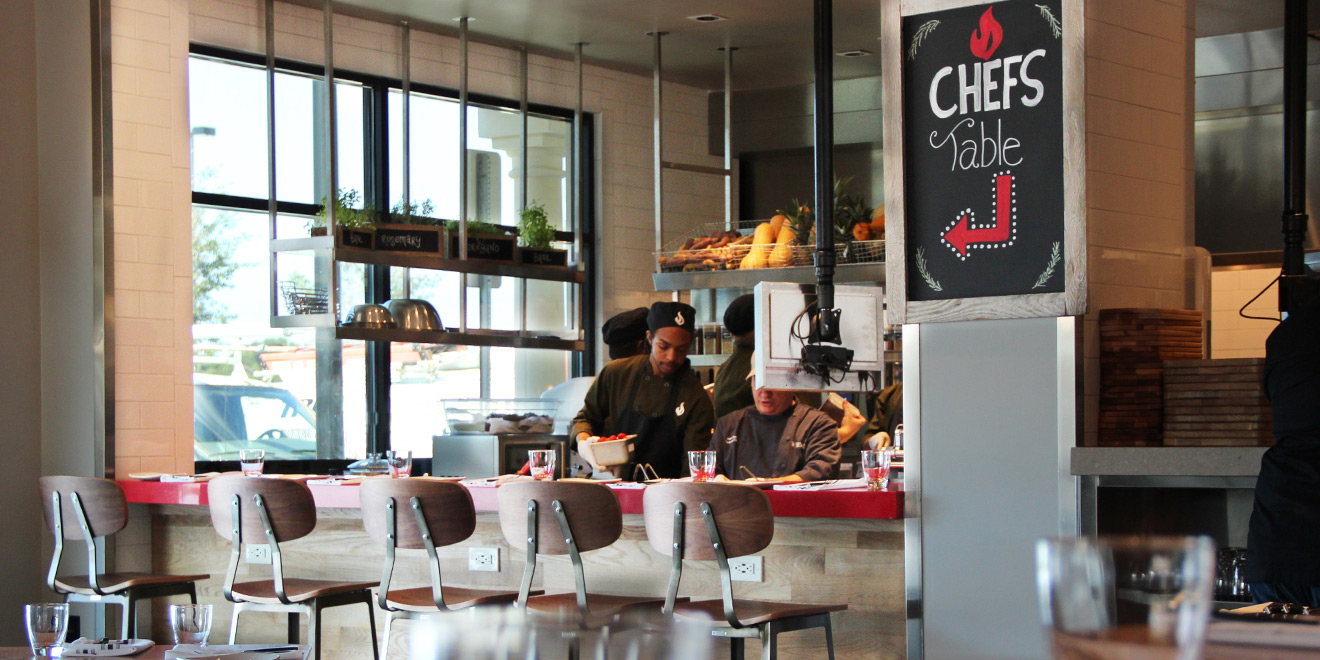
Tony Roma’s is hardly alone. In the past few years, a number of long-established names in the casual-dining segment (and some in the steak and family-dining sectors, too) have been quietly developing and building new restaurant concepts, most of which come under the rubric of “fast-casual,” the hybrid category that combines the innovative, scratch-made dishes found in chef-driven restaurants with the convenience and quicker turnaround times of fast food.
Cracker Barrel, for example, now has four locations of a biscuit concept called Holler & Dash. Family-dining mainstay Denny’s is growing a scaled-down version of itself called The Den. “Classic American” dinner house the Daily Grill has a new restaurant called Public School. And steakhouse chain Texas Roadhouse has two locations of a lunch spot called Jaggers (no relation to Mick) now up and running in Indiana.
Time to get new customers
Why are these legacy dinner-house operators getting into fast casual only now? Fast casual itself is nothing new. (Panera Bread, a founding concept in the segment, has been around since 1981.) There are, of course, some factors that are highly specific to the restaurant industry that explain the trend, such as saving labor—fast-casual restaurants require less staffing than full-service ones do—and giving a company a new concept to sell to its larger franchisees.
But the primary reason is demographic. Much of casual dining’s old guard is, well, old. Tony Roma’s, Cracker Barrel and Denny’s—to name just three—have been around for 45, 48 and 64 years, respectively. And while aging restaurant chains don’t necessarily draw only aging diners (McDonald’s has been around since 1955, and the restaurants are full of kids), it’s also a fact that dinner-house chains aren’t exactly millennial magnets. A 2014 study from Morgan Stanley revealed that casual dining’s core customers are baby boomers between 50 and 68 years old.
That’s presented established full-service chains with something of a mandate: Get younger diners into the house, or risk eventual extinction. But adding too many youthful updates to an older restaurant—be they in the décor or on the menu—risks confusing and alienating the base. “With a classic brand,” Rogers explains, “you have this fine line between what you can do that your current guests will accept and what you can do that will attract other guests.”
Many chains have found that creating a totally new restaurant is the wiser route.
“By launching brand-new concepts, these chains are appealing to new customer bases while continuing to take care of customers at their core brands,” said Lauren Hallow, concept analyst at restaurant consultancy Technomic. “Many younger consumers care more about food quality than getting waited on,” Hallow added, “so they see no need to go to a full-service restaurant and pay more for service when they can get the same-quality food at a lower price from a fast-casual restaurant.”
The Den, for example, is essentially a fast-casual version of a Denny’s. Favorites like pancakes and the Grand Slam Breakfast remain on the menu, but most of the entrees come in sandwich form—burgers, melts, and even a “Grand Slamwich” breakfast on a bun. Customers pick up their food at the counter and then seat themselves in a dining area that’s not designed for lingering, though the ceramic brick wainscoting and slatted wooden tables are clearly a cut above quick service. Most telling, the Den virtually shouts that it’s not a Denny’s: “Come in and see that this is not your dad’s diner,” says the website. “This is a place with a vibe.” It’s no accident that nearly all 17 locations of The Den are in or near colleges, and they’re all open late.
Holler at your boys
Cracker Barrrel Old Country Store was also looking for a fresh-faced crowd when it cut the ribbon on Holler & Dash, a fast-casual concept with offerings—an entire menu, in fact—centered on fresh-baked biscuits. “We developed Holler & Dash to leverage our brand strengths, more particularly our southern roots,” said Cracker Barrel spokesperson Janella Escobar.
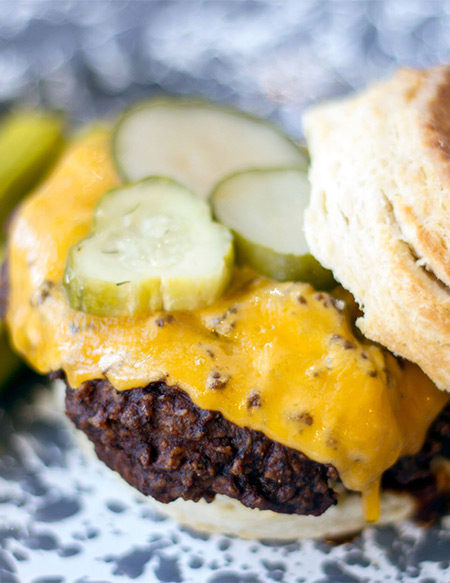
Those roots run deep. With 639 locations in 43 states, Cracker Barrel is virtually synonymous with southern comfort food, which it sells at popular prices. Even so, Cracker Barrel mainstays like the meatloaf dinner and country fried steak are more likely to draw church buses than web designers. Simply put, Holler & Dash is “targeted at a younger guest audience,” Escobar said.
With its bare brick walls and poured-concrete floors, the four-unit Holler & Dash looks like a rural route filling station that happens to serve lunch. Millennial panache abounds: drinks served in Mason jars and cold-brewed coffees (made from hand-roasted beans, of course.) Holler & Dash’s website touts the restaurants’ from-scratch preparation, its local suppliers and its kitchen stars: chef Jason McConnell and culinary director Brandon Frohne, both seasoned southern restaurateurs.
Cracker Barrel is sticking with comfort food, while Holler & Dash believes “comfort food should sizzle with excitement,” to quote the brand philosophy.
Technomic analyst Hallow believes Cracker Barrel was smart in creating an entirely new concept and not trying to pull two demographics into one restaurant. “If Cracker Barrel named Holler & Dash something with Cracker Barrel in the name, core Cracker Barrel customers—the majority of which are Caucasian baby boomers, according to Technomic consumer data—would likely have been very confused, expecting an experience like Cracker Barrel but getting something very different, and that could negatively affect their brand perception,” she said.
“Likewise,” Hallow added, “if Cracker Barrel didn’t open Holler & Dash and instead just implemented certain features at Cracker Barrel restaurants, core customers may again be confused, and it’d create headaches for operations because they’d have to invest in new equipment and training for preparing new menu items. With Holler & Dash, Cracker Barrel gets to try something new while not interfering with its core business.”
Revise and replace
Most casual dining chains making forays into fast casual are building new units, but Grill Concepts, a multibrand restaurant operator in Los Angeles, has gradually been swapping its restaurants out.
In 1989, the company opened the Daily Grill, “an approachable, everyday restaurant featuring classic American dishes made from scratch,” to quote its website. The Grill was a casual-dining pioneer and eventually grew to nearly 30 locations across the country.
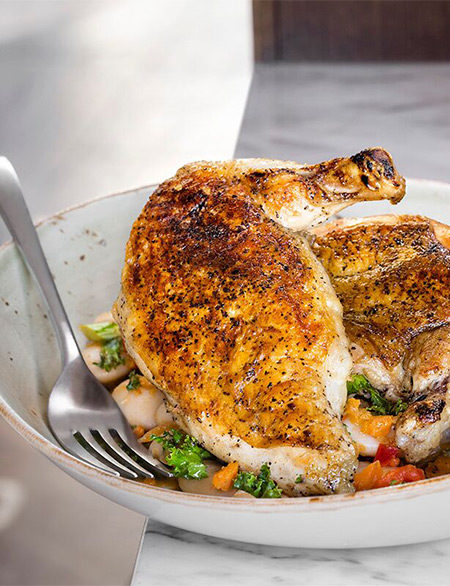
But today, Daily Grill is down to 14 locations, partly because a few years ago Grill Concepts began replacing them with newer concepts. One is a trendy seafood place called Laurel Point and the other is Public School, a chef-driven, industrial-chic “gastropub” (a bar with decent food, basically.) Public School debuted in 2012 when it took over the old Daily Grill location in Culver City, Calif. Today, there are seven of them open with two more on the drawing board.
Grill Concepts vp of marketing Liz Geavaras doesn’t say directly that Public School is targeted at millennials, but all the buzzwords are there. Daily Grill, she says, served “America’s favorite food” in a “comfortable yet upscale setting” and came to be seen as a “family place.” By contrast, “the typical Public School guest is usually drawn in by the unique menu,” she says. “The craft beer and unique cocktails keep people interested time and time again. It’s a spot for the ‘cool hunters’ and the trendsetters, those with intrepid tastes.”
While Public School is a cut above fast casual—it has table service, for one—it feels younger than Daily Grill did. Public School promises “an education in the art of food and beer.” The menu pushes the flavor envelope in both ethnic influences and heat level. There’s an Edamame Hummus, for instance, and Meatballs Al Forno with a signature arrabbiata “angry” sauce. To wash it down, the restaurant offers a long list of beers. Among them is a Belgian strong pale ale called Delirium Tremens, which seems an unlikely brand for your father to order.
Casual … but not so fast
None of this means that trotting out a fast-casual concept is any sort of cure-all for a legacy chain, casual dining or otherwise. Several years ago when Chipotle was riding high and fast-casual concepts looked like the future of food, a number of established companies launched concepts in the segment. Hot-dog chain Wienerschnitzel, founded in 1961, launched a fast-casual Mexican eatery called Two Madres, featuring build-your-own burritos and tacos. Headquarters planned to open five locations a year. That was 2013. By 2015, the sole Two Madres was closed. Likewise, Taco Bell tried its hand at fast casual in 2014 with a concept called U.S. Taco and Urban Taproom, complete with Day of the Dead-themed interiors and milkshakes spiked with alcohol. But when foot traffic fell short in 2015, Taco Bell pulled the plug.
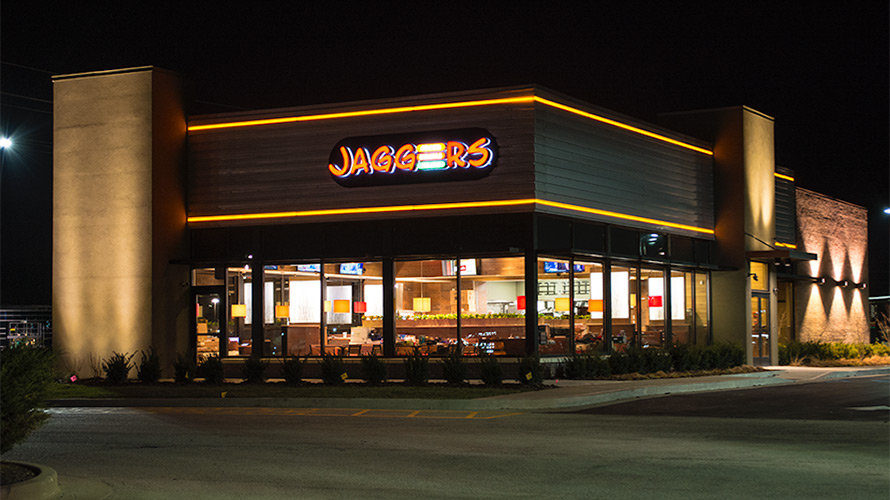
For others, a foray into fast casual is an enterprise to be undertaken with caution. In December of 2014, Texas Roadhouse, the 24-year-old casual-dining chain with over 400 locations, quietly took the wraps off a place called Jaggers. While Texas Roadhouse is known for its steaks, Jaggers serves burgers and salads, with all ingredients made or ground fresh daily. Senior public-relations director Travis Doster can rattle off the list of benefits that Jaggers has had for the mother concept, including a chance to draw the lunch crowd, experiment with coupon offers and a drive-thru format, and test-drive new kitchen equipment that might eventually be incorporated into Texas Roadhouse locations. Even so, he says, the chain stands at two units in Indianapolis, and there are currently no plans to build more.
“Our founder, Kent Taylor, always said it took him five to 10 years of building Texas Roadhouse locations before the guests told him what he had,” Doster said. With Jaggers, then, “we’re at a wait-and-see mode at this point.”
A fast and casual future
Caution aside, it’s clear these newer concepts are at least prompting younger diners to pay attention. And in the case of Tony Roma’s, TR Fire Grill is doing something that just a few years ago seemed impossible: allowing the legacy restaurant chain to take a fresh look at America itself.
Known for its signature steak and rib dishes, Tony Roma’s was ahead of its time for the early 1970s, offering casual dining before the term even existed. But in recent years, Tony Roma’s has been forced to close many domestic locations—there are now fewer than 20—finding overseas markets more receptive to the seasoned American brand. When an ambitious menu update yielded 35 new items and more ideas than could be wedged into format of the existing restaurants, headquarters decided to create T R Fire Grill to showcase them. “You want to stay relevant to your guests,” CMO Rogers says.
Since opening in Winter Park 15 months ago, the new concept has won numerous awards—best new restaurant, best cocktail, best happy hour, and so on. But more encouraging for Rogers is the possibility of building on American soil again.
“We’ve set the foundation for us to grow in the U.S.,” Rogers said, adding, “We’ve seen potential franchisees coming in, and that’s the first time anything like that has happened in this company in a while.”
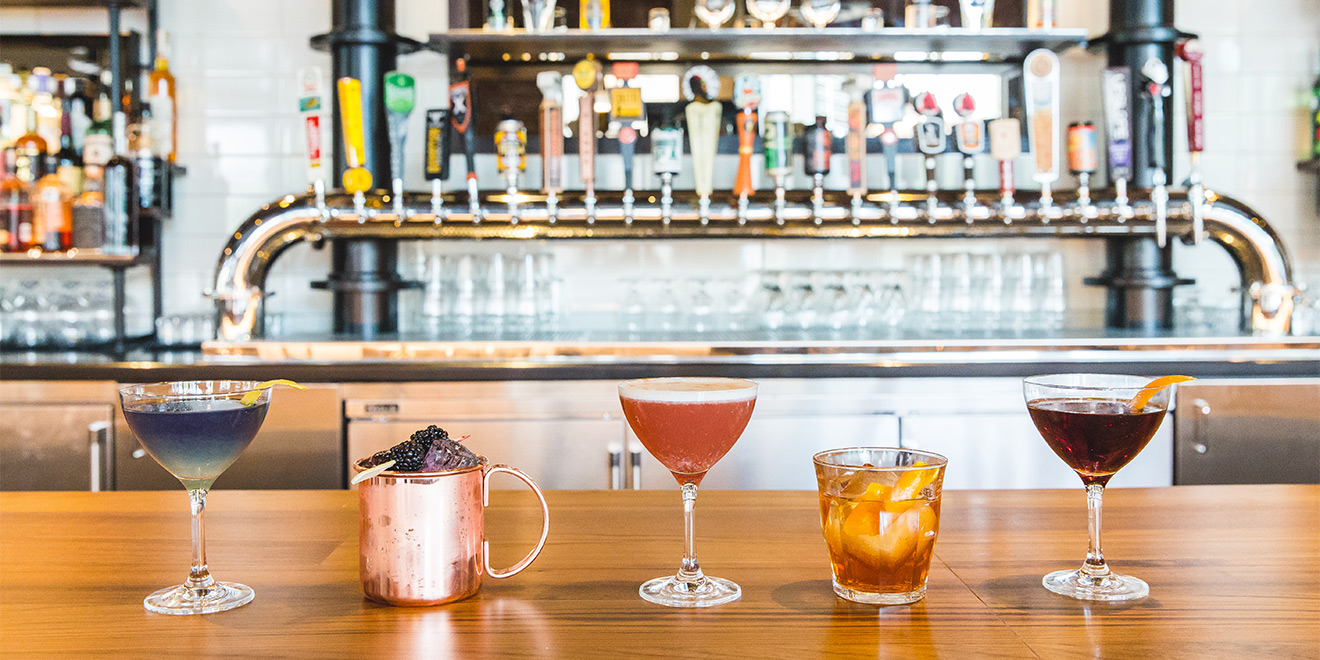
by Robert Klara

